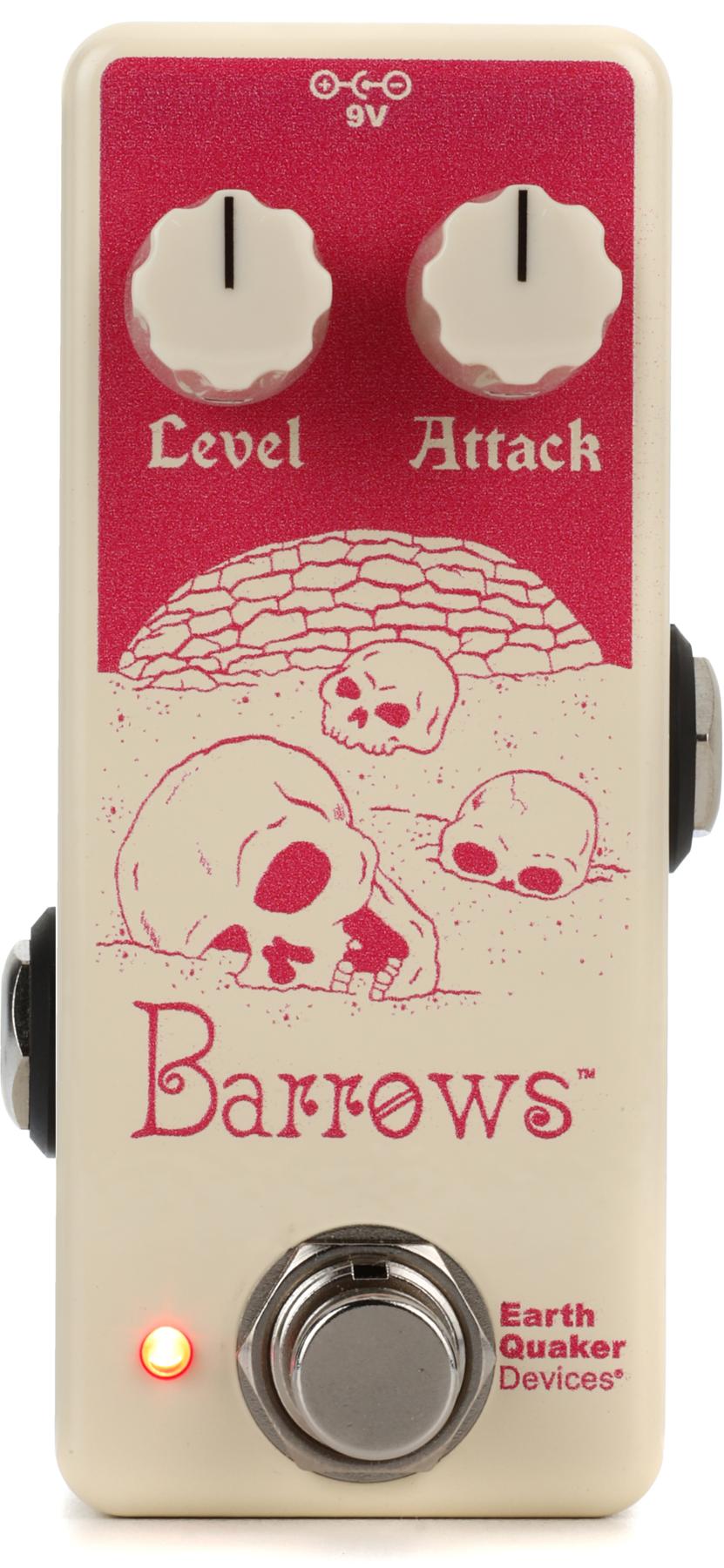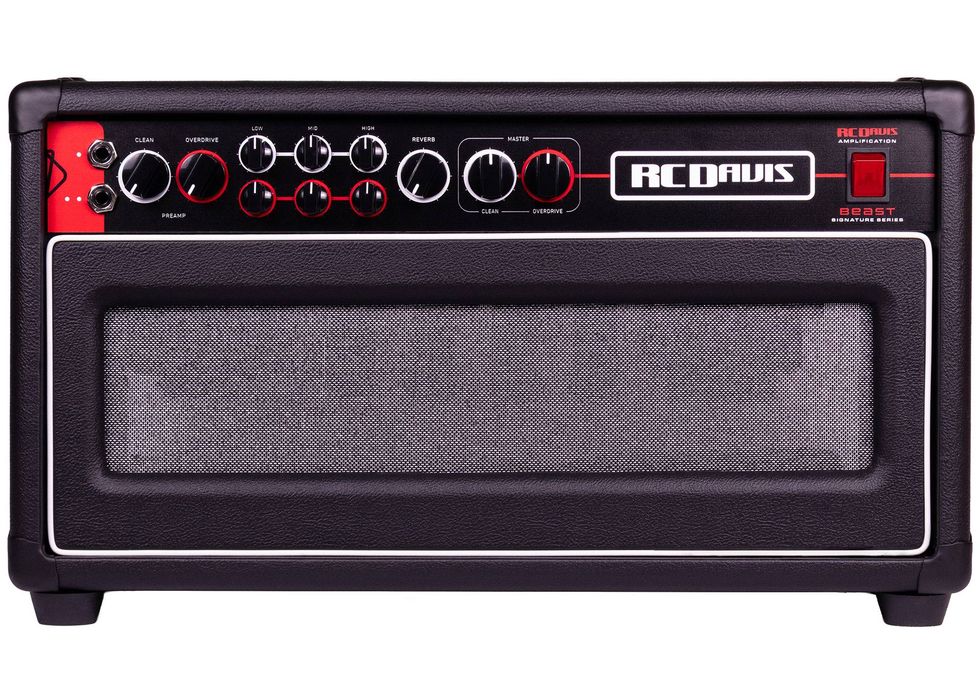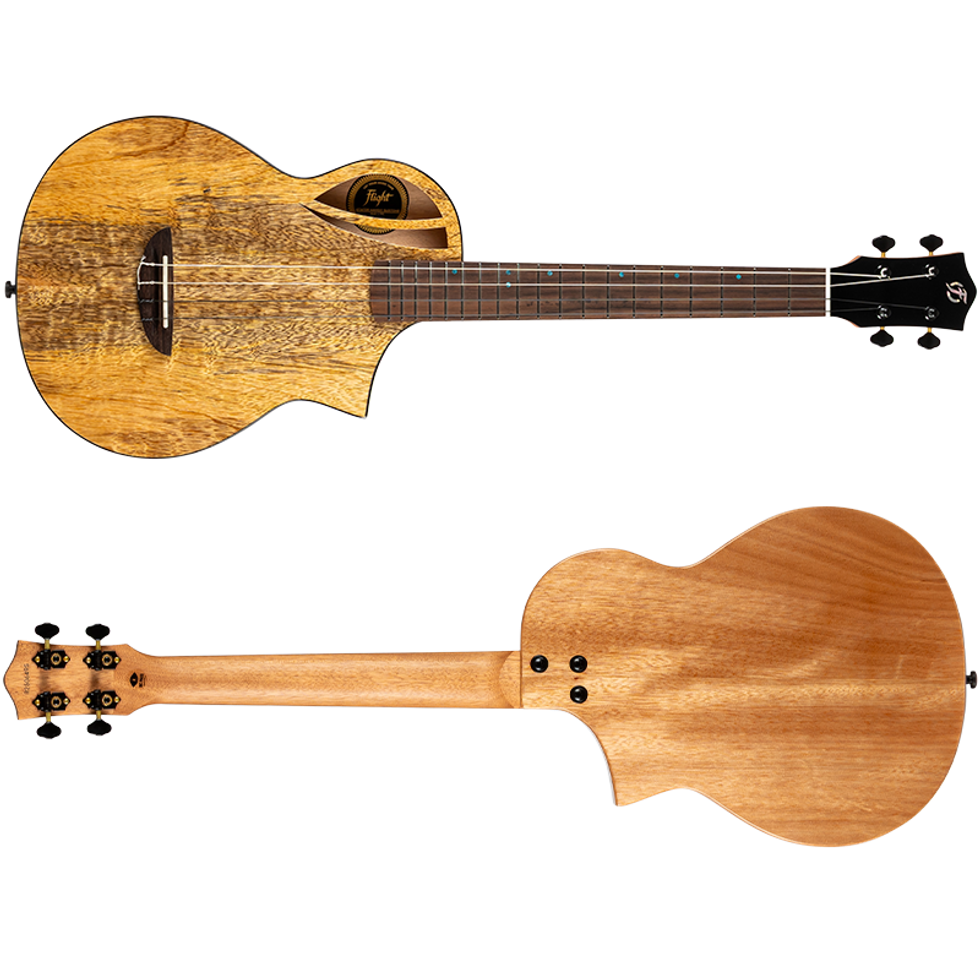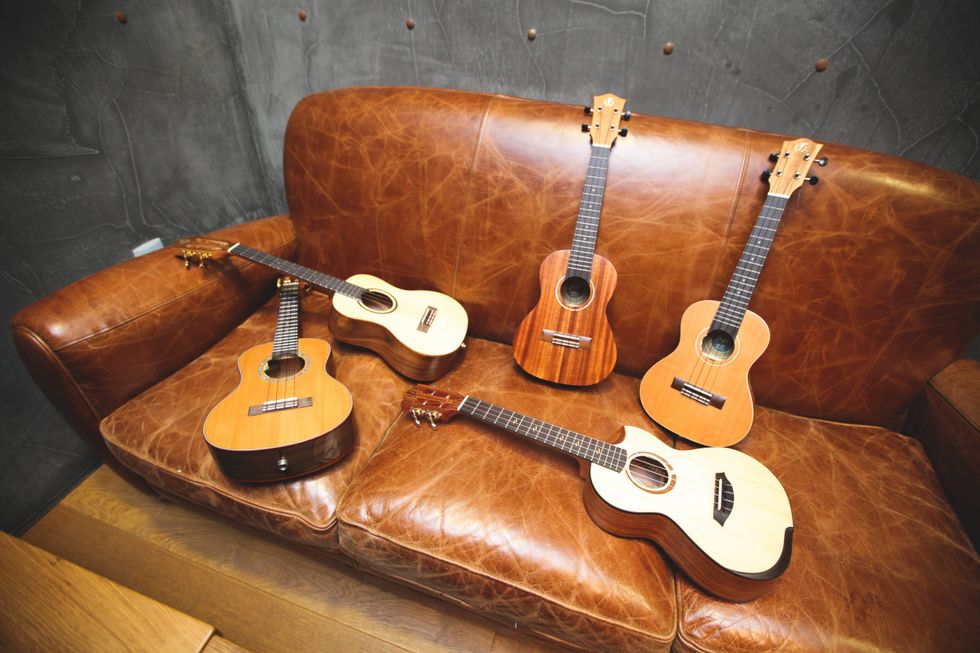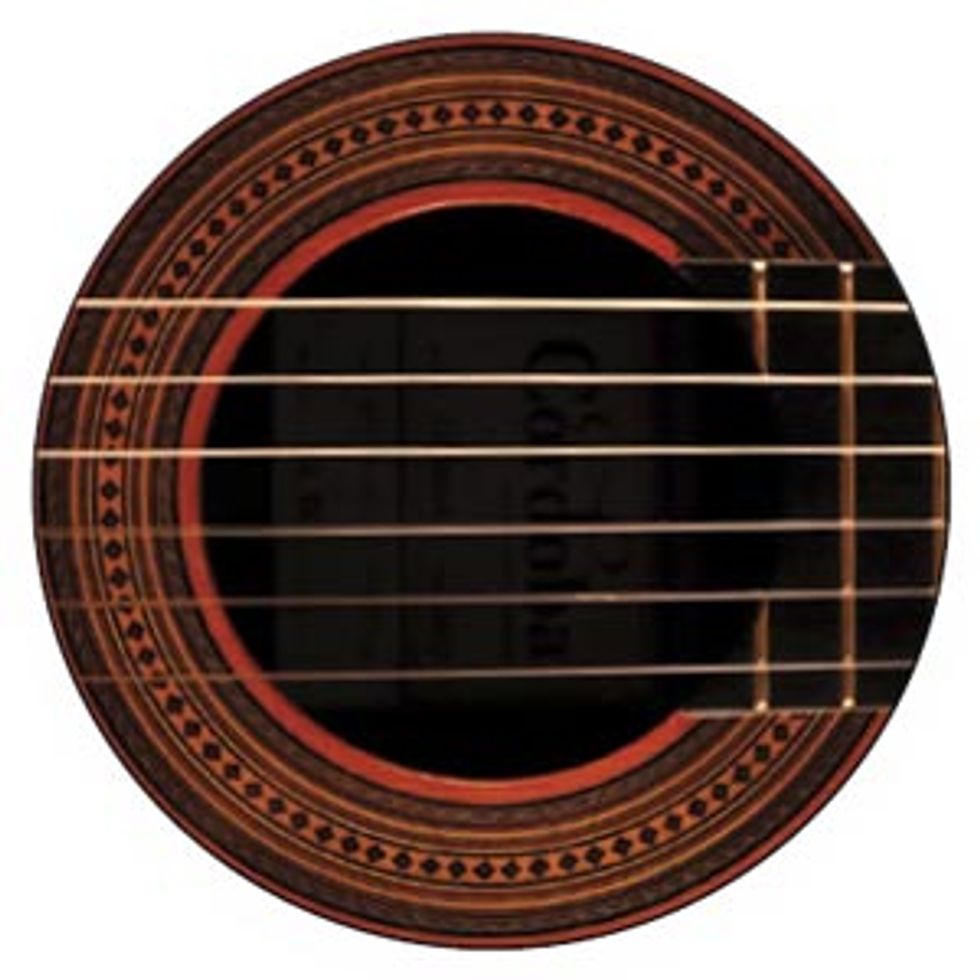 Considering this month’s acoustic theme, I thought I could offer up some interesting ways to improve your acoustic guitar’s sound. To get you up to speed, we’ve previously touched upon specific materials you could experiment with to alter your instrument’s tonal personality – specifically alternative types of nut materials, as well as some thoughts about alterations of the end pin, or strap pin area, in addition to the bridge pin material itself.
Considering this month’s acoustic theme, I thought I could offer up some interesting ways to improve your acoustic guitar’s sound. To get you up to speed, we’ve previously touched upon specific materials you could experiment with to alter your instrument’s tonal personality – specifically alternative types of nut materials, as well as some thoughts about alterations of the end pin, or strap pin area, in addition to the bridge pin material itself. Now, the first thing to do is to decide which gauge strings suit your style. Ask yourself if you are going to be bending the strings, or if you’re going to use it as a fingerpicking instrument. Will it be utilized primarily in a rhythm application where bending will not be much of a consideration? Once these questions are answered, you’ll have to experiment with different string types – phosphor bronze, 80/20 and other unique types are available from knowledgeable string manufacturers. This is especially important because you want to optimize the tone of the guitar by matching the strings to your guitar’s actual wood type.
Mahogany, rosewood, maple, koa, cherry and other wood species that are being used as modern alternatives to shrinking wood supplies all have their own sonic stamps and unique requirements. These all need to be taken into consideration if you want to ensure that your guitar will sound its very best. The real trick is to figure out which string types work with which type of acoustic guitars. Believe me, this is one of the big questions that may take some time to tackle. Next on the list you’ll have to look at the actual physical shape of the guitar – is it a dreadnought? A jumbo? A 000, or perhaps something else entirely? The body style will greatly influence which string type you’ll choose for your own situation. And if that isn’t enough, there are more body shapes and sizes currently available than ever before – which one are you?
Seriously, do not just nonchalantly put any old set of strings on your guitar – be very methodical about this! Trust me, you’ll thank yourself for the extra time you took to properly voice the guitar for your precise needs. By the way, while they have become popular with many players, I am personally not a fan of “coated” acoustic strings. In my experience this type of string breaks far too easily and I’ve seen people snap brand new low A and E strings on an all-too-regular basis.
It is also important to use a string that is comfortable to you. Do not use heavier strings if they aren’t required for your application. You’re not going to be bending a .013 high E unless you are of more than average physical size. Conversely, super light acoustic sets – say .010-.047 – might not be ideal for rhythm playing. Use what works. Oh, yeah, and while we’re at it, it really needs to be mentioned that your physical size directly affects your overall sound, too. We’ll get into that discussion in another installment – this subject by itself is a pretty complex issue.
Here’s something that I learned many years ago from the late John Stewart, who wrote the 1979 hit song, “Gold.” Way back in 1977, when I was working in a music store giving guitar lessons, John came into the shop. He just happened to be a regular customer, so I had the opportunity to talk to him often – he was always full of great tips. At the time John was using brand-new Alvarez-Yairi acoustics and he would get new instruments on a regular basis. The first time I met John, he offered up some sage advice about an ingenious technique that he would employ to artificially “age” new acoustic guitars in a relatively short period of time. This technique involved the use of his home stereo and a guitar stand. What John would do is take his new Alvarez guitars and place them in close proximity to the speakers of his stereo system. He would raise the volume just enough to get the spruce top of the guitar to vibrate freely, and to the point where it would vibrate without stopping. He would adjust the stereo volume and then simply touch the top of the guitar to feel if it was vibrating – then he would crank up the bass control to incite even more movement in the guitar’s top. He did this while he was out working his day job. Stewart told me that he could hear ten years’ age over the course of a month’s time with this treatment.
Did I try this? You bet! The difference was very real. When you stop to think about it, playing an acoustic guitar vibrates the top while you’re playing it, yet ceases immediately when you stop picking the strings. The stereo technique “plays” the guitar for you non-stop while you’re away. I thought that this was one of the coolest tricks I had ever learned. The main thing to remember is to crank up the bass control to amplify the top’s vibration – be sure to play around with the actual placement of the guitar in relation to the speakers. It sure blew me away, and I still use it to this very day.
See you next month!
Dean Farley
Dean Farley is the chief designer of "Snake Oil Brand Strings" (www.sobstrings.net) and has had a profound influence on the trends in the strings of today.







